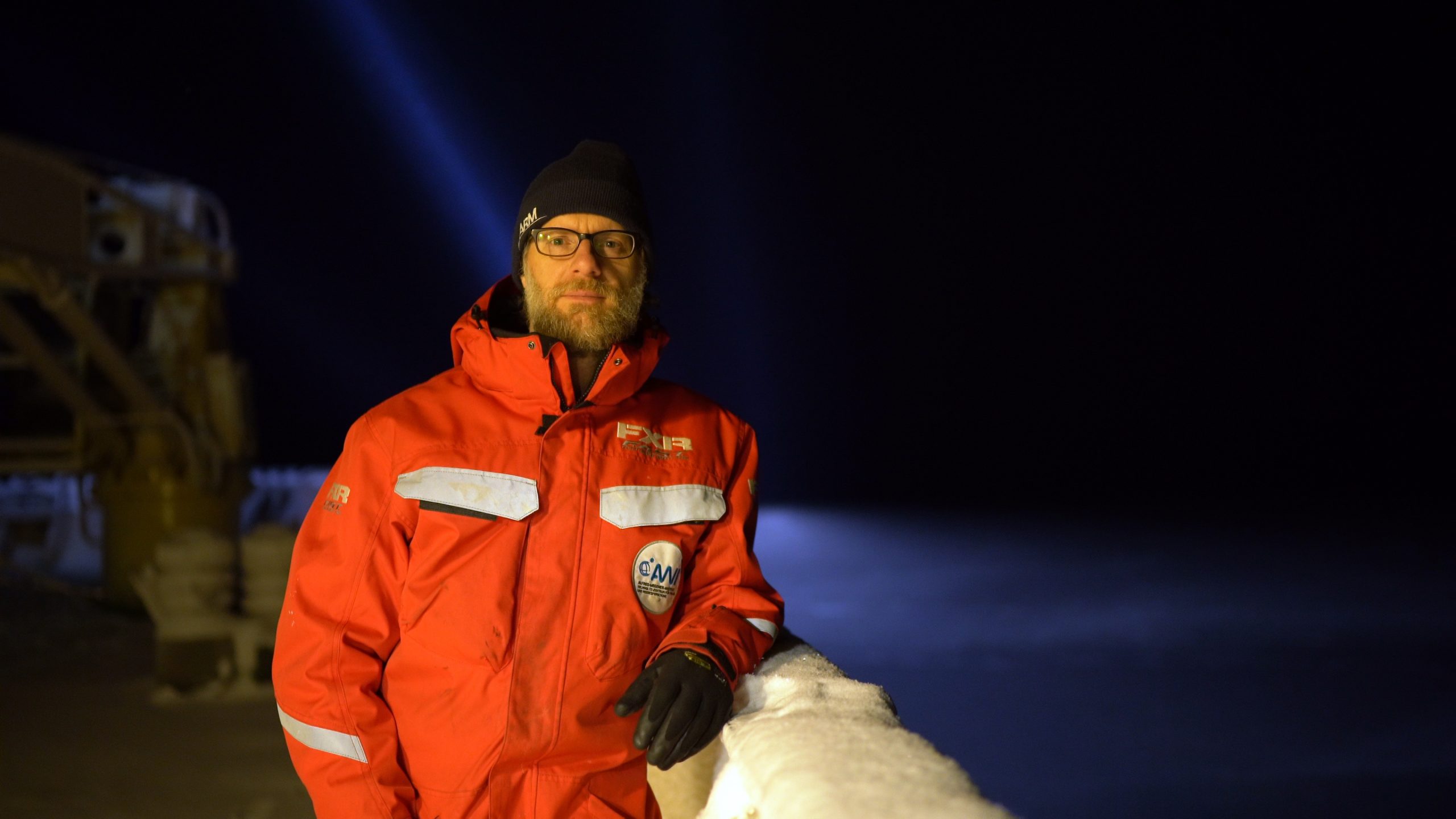by Matthew Shupe, CIRES/NOAA scientist and co-coordinator of MOSAiC
It is such a strange love affair I have with MOSAiC. I guess I just couldn’t wait to get back…. The plan was not to return until Leg 6, which would have started sometime in August. But the months since our return from Leg 1 have been anything but what was expected. The ice has been so dynamic…. Seemingly going through significant fracture events nearly every time the winds change. Leg 2 was a little quieter in this regard, but the extended leg 3 has been a never-ending series of responding to changing ice. Rescue this, move that. We’ve lost many installations, especially in our distributed network. All of this challenge has been exacerbated by the overall rate of drift. We are a couple of months ahead of the “predicted” trajectory based on past observations. This rapid flow of ice across the central Arctic is linked to some interesting and unique large-scale phenomena. A very high Arctic Oscillation index, sustained at high levels not seen in decades, has pushed the central Arctic ice, which entraps MOSAiC, towards the Fram Strait. This rapid and more southerly movement might have also contributed to all of the breaking.

Of course the ice is also much thinner than it has been in the past. At the same time, and likely related, the upper troposphere and stratosphere have also been organized into a strong polar vortex that has also led to the largest Arctic ozone hole ever observed! The circulation pattern finally relented in late March, and the ozone hole diminished in the first weeks of April. But what an anomalous year of large-scale circulation it has been. What does this mean for MOSAiC science and interpretation?
And then on top of these natural challenges, we have the global COVID-19 pandemic. We had only scant news of this at the end of Leg 1, but it then quickly took hold on the world, causing all kinds of complications for our international expedition. It has made it difficult to transfer our people, limiting our logistical operations in March and thereafter. Fortunately, our people out in the Arctic are at one of the safest places on Earth, and we intend to keep it that way. But, now the Earth, and MOSAiC, have both changed in the 4 months that I’ve been home. Equipment has been destroyed. The camp has been threatened by ice dynamics and we may eventually need to pack up and move back northward. Logistics have gotten much more complicated with rotations of people uncertain. With so much invested in the project over many years, I just could no longer stay on the sidelines. I could not wait until August to return. And so I’ve injected myself back into MOSAiC. Strapping in for a wild ride over the coming 4 months. Something so exhausting yet irresistible about this!

